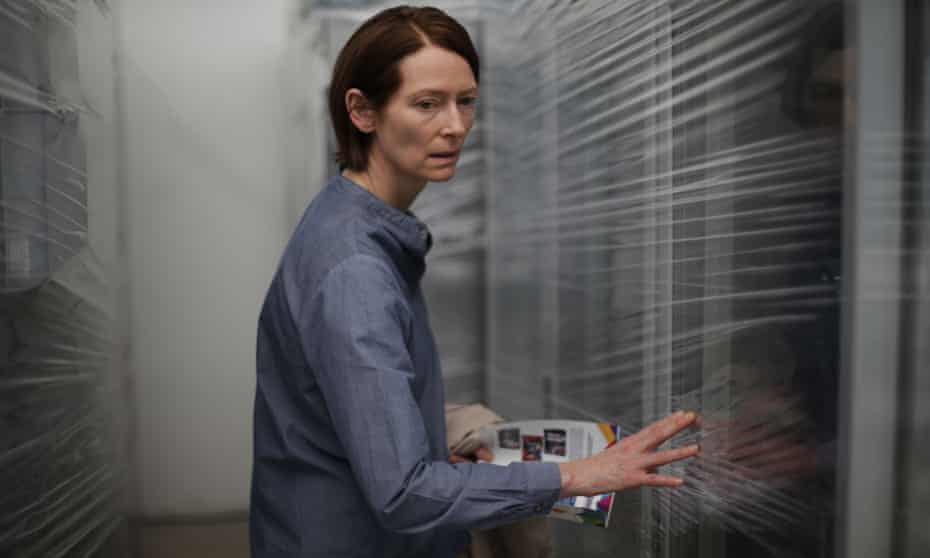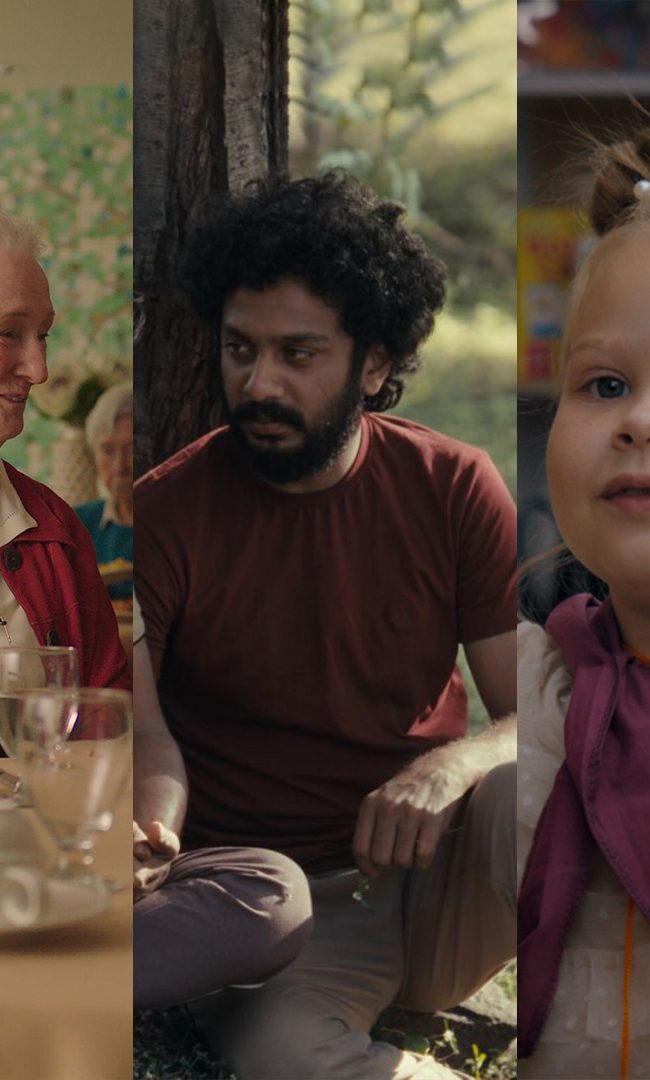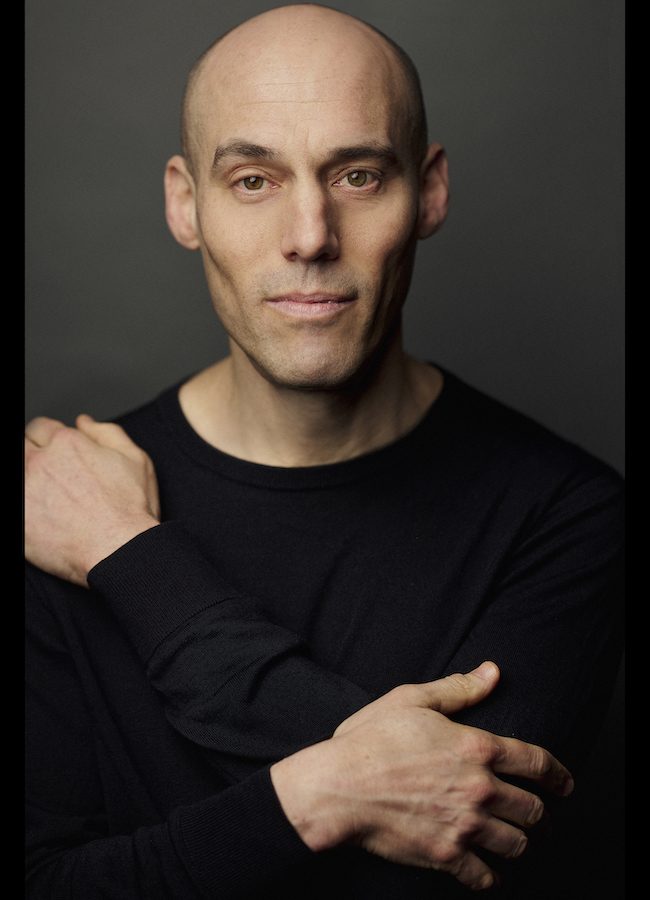
(Apichatpong Weerasethakul’s Memoria will only play movie theaters…forever, via Neon. Like what you see here on Hammer to Nail? Why not give just $1.00 per month via Patreon to help keep us going?)
Tarkovsky would be proud; Apichatpong Weerasethakul’s latest meditative masterpiece Memoria follows in the footsteps of Stalker while carving its own path through singular sound design. “I’m sure it sounds different in my head,” says Jessica, played by the enigmatic Tilda Swinton, while trying to describe a sound that only she can hear. I related to Jessica’s frustration as I walked out of the theater, struggling to articulate the film’s merits to my friends who did not ‘get it’. Similar to Uncle Boonmee who can Recall his Past Lives (2010) and Cemetery of Splendour (2015), Memoria is a deeply personal experience. Weerasethakul does not present concrete answers in his films; instead, he asks the audience to find the answers for themselves. In Uncle Boonmee and Cemetery of Splendour, the dialogue reveals the narrative, whereas in Memoria, the sound design takes on the role of the storyteller, contributing to the film’s hazy, mysterious quality. While Memoria won’t convert Weerasethakul’s critics into fans, it will enthrall those who appreciate his subtle mastery.
The central narrative revolves around Jessica, a Scottish florist visiting her recently hospitalized sister Karen (Agnes Brekke) in Columbia. Jessica is awoken one night by a loud bang. She realizes that no one else can hear the sound, so she travels around Bogota searching for answers. Having shot all of his previous films in Thailand, Weerasethakul did not select Columbia at random. The current political unrest and loss of Columbian tradition through modernization influenced Weerasethakul in many sequences. In one such sequence, a man runs from the sound of an explosion, mirroring a moment Weerasethakul experienced in Columbia firsthand.
Memoria is the product of a ruthless editing process, detailed in the new Memoria book (you can buy it here). The book is a glimpse into Weerasethakul’s creative process both prior to shooting and on set. He decided to shoot in Columbia when he traveled there in 2017, staying for almost two years in order to understand the land and its people. The film’s 136-minute runtime is a small fraction of the footage that was shot. The decision to focus on Swinton’s Jessica gives the audience a character to relate to. However, her character speaks about as much as Ryan Gosling in Only God Forgives, and we know basically nothing about her past. Little bits and pieces are dropped, but Weerasethakul is not concerned about where Jessica has been, only where she is going. By depriving Jessica of a back story and dialogue, the audience puts themselves in Jessica’s shoes, filling in the missing pieces with their own experiences. Through the immersive sound design and constant use of medium or long shots, I felt like I was in this narrative. The dreamlike environment hypnotized me into self-reflection, a never-ending stream of existential thoughts and questions.
Neon’s controversial release strategy for Memoria, to only show it in one theater at a time, sparked outrage amongst people online — many who have not seen the film. Having seen it now at the Philadelphia Film Festival, it felt like a rare experience, and I must genuinely support Neon’s intuition that Memoria is theater essential. If I had experienced this film at home, my thoughts would have been inhabited by the ability to pause, and the film wouldn’t have taken such a deep root in my psyche. Last year I watched all of Tarkovsky’s films, most of them on a television and a couple on a computer. While I enjoyed them, I couldn’t help but wish I saw them in a theater. After experiencing Memoria in theaters, my sense of regret worsened. When people talk about films that need to be seen on the big screen, they often mention big blockbuster films. Sitting in a cinema for Memoria and Tsai Ming Liang’s Days this year, I realized that quiet, meditative films require the theater just as much as colossal-budget films like Tenet. While the visuals in this film are beautiful, that is not the main reason it needs the theater. The sound was given its proper treatment by the theater’s speakers. Every audible detail matters to this film. Even something as subtle as a bird chirping could trigger a memory for one person and change their whole experience.
Despite the film’s slow pacing — shots that can linger for minutes without much happening — it does not feel unkempt. Every shot, every sound feels deliberate. You can feel the passion behind each moment. Sayombhu Mukdeeprom returns as Weerasethakul’s cinematographer and their chemistry has been apparent since Uncle Boonme. Weerasethakul combines elaborate sound design with Mukdeeprom’s cinematography to create dispersive situations in which viewers can insert their own experiences. There is not a single close-up in the film until the third act when Jessica meets another man named Hernan Bedoya (Elkin Diaz). Up until this point, the film has operated in medium and long shots. When the first close-up of the film comes, it is of Hernan Bedoya sleeping on some grass. It felt like I was lying down in the grass with him. I could feel it through the sensory reverberations of wind and water. This moment reminded me of a sequence in Tarkovsky’s Stalker in which the characters have a similar moment of existentialism while lying in the grass.
Until the third act, there is never complete silence. One moment that stands out is a 5-minute jazz performance, which somehow fits in seamlessly. When Weerasethakul finally cuts the sound, the sudden silence seems louder than any other sound in the film. Lastly, it should be said that the casting of Tilda Swinton is essential to the film. Her paleness and lankiness perfectly matches her outsider, alien perspective. She is a veteran actress who can communicate so much through subtle and precise expressions of her body and face.
Memoria is more than a movie, it is a visual and aural experience about a disconnect between members of modern society with nature. This hypnotic, indescribable feeling can only be accomplished through the magic of cinema. The meditative quality of this film sent me down trains of thought I’ve never explored before. With Memoria, Weerasethakul cements himself as one of the best modern auteurs. Don’t expect to see anything similar anytime soon.
– Jack Schenker (@YUNGOCUPOTIS)
Neon Releasing; Apichatpong Weerasethakul; Memoria film review











